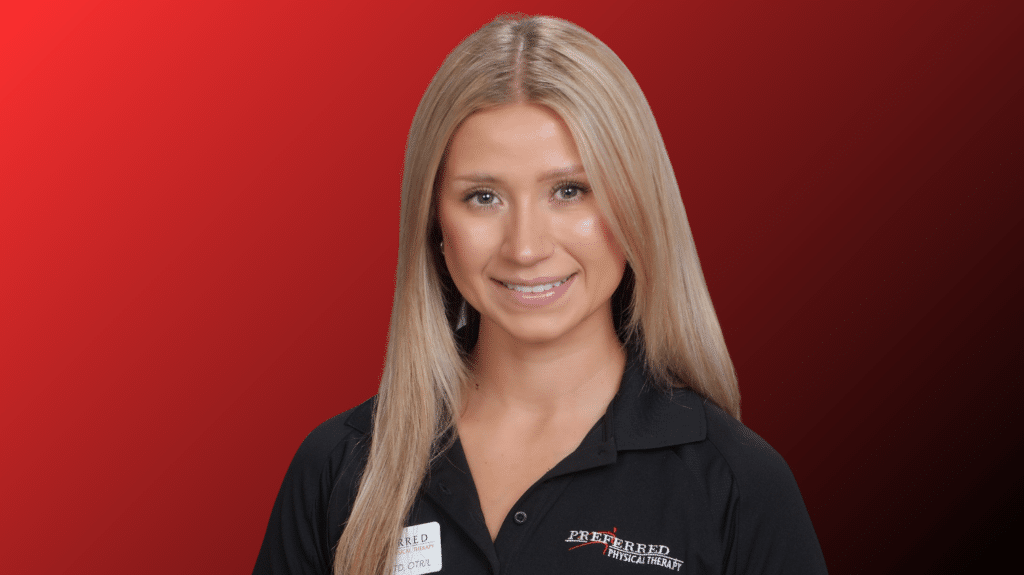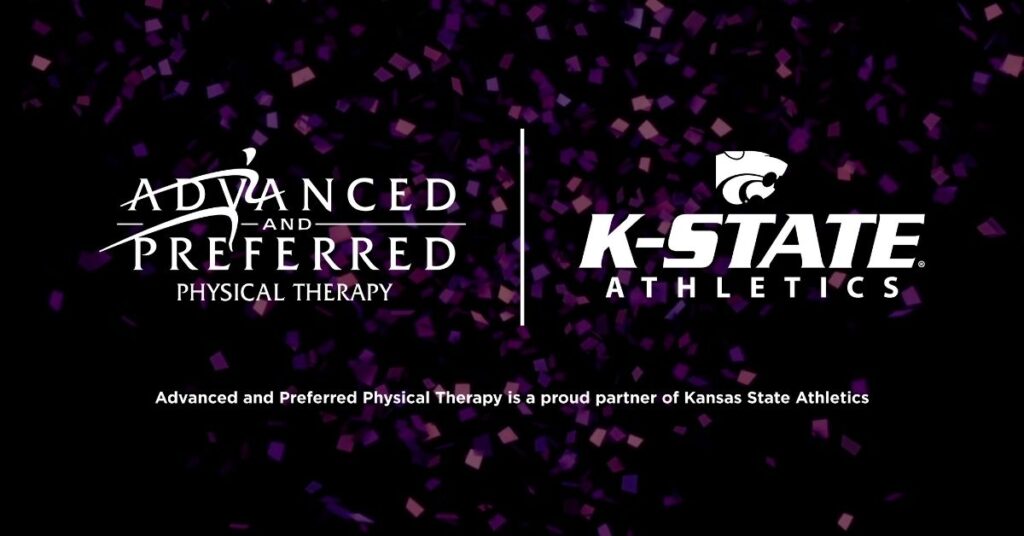Medial tibial stress syndrome, more commonly known as shin splints, is an injury that commonly occurs in athletes who run and jump. The pain associated with shin splints comes from minor tears in the muscles on the inside of the shin bone that are caused by overuse. There are some factors that will increase the likelihood of someone developing shin splints. These factors include a flat arch, excessive motion in the hip, a high body mass index, and a previous running or jumping injury. Typically, pain with shin splints is felt in the middle or towards the bottom of the shin and is usually felt the most during activity, such as running or jumping, and decreases when resting.
There are several techniques in physical therapy that can be used to treat shin splints. Because this is an overuse injury, avoiding the aggravating activity, if possible, will help with recovery. Icing the area for about 10 minutes a few times each day will help decrease the pain as well. The affected muscles typically become tight with this type of injury, so gently stretching them will help with pain and recovery. The physical therapist may also use a Kinesiotaping technique to provide some arch support as well as manual techniques such as soft tissue massage or Astym to help the shin muscles heal. Dry needling can be used to relieve trigger points that might be present with shin splints.
The physical therapist will likely also prescribe a home exercise program to strengthen muscles to prevent shin splints from recurring. Hip strengthening for rotational motions and abduction (lifting the leg away from the body toward the side) are used to decrease the stress on the lower part of the leg. There are also exercises that can be performed to strengthen the muscles on the bottom of the foot to provide better arch support. Body mechanics for squatting, jumping, running, and walking will likely be assessed and corrected where needed. If necessary, the physical therapist might also recommend a modification to footwear to provide better support.
If you or someone you know has been struggling with shin splints, physical therapy can help! Visit https://preferredptkc.com/locations to find one of our locations near you and give us a call!
Content provided by Myranda Griebel, PTA




